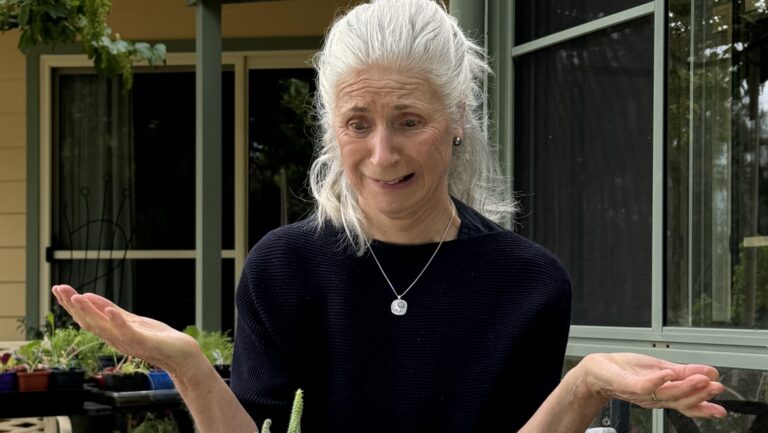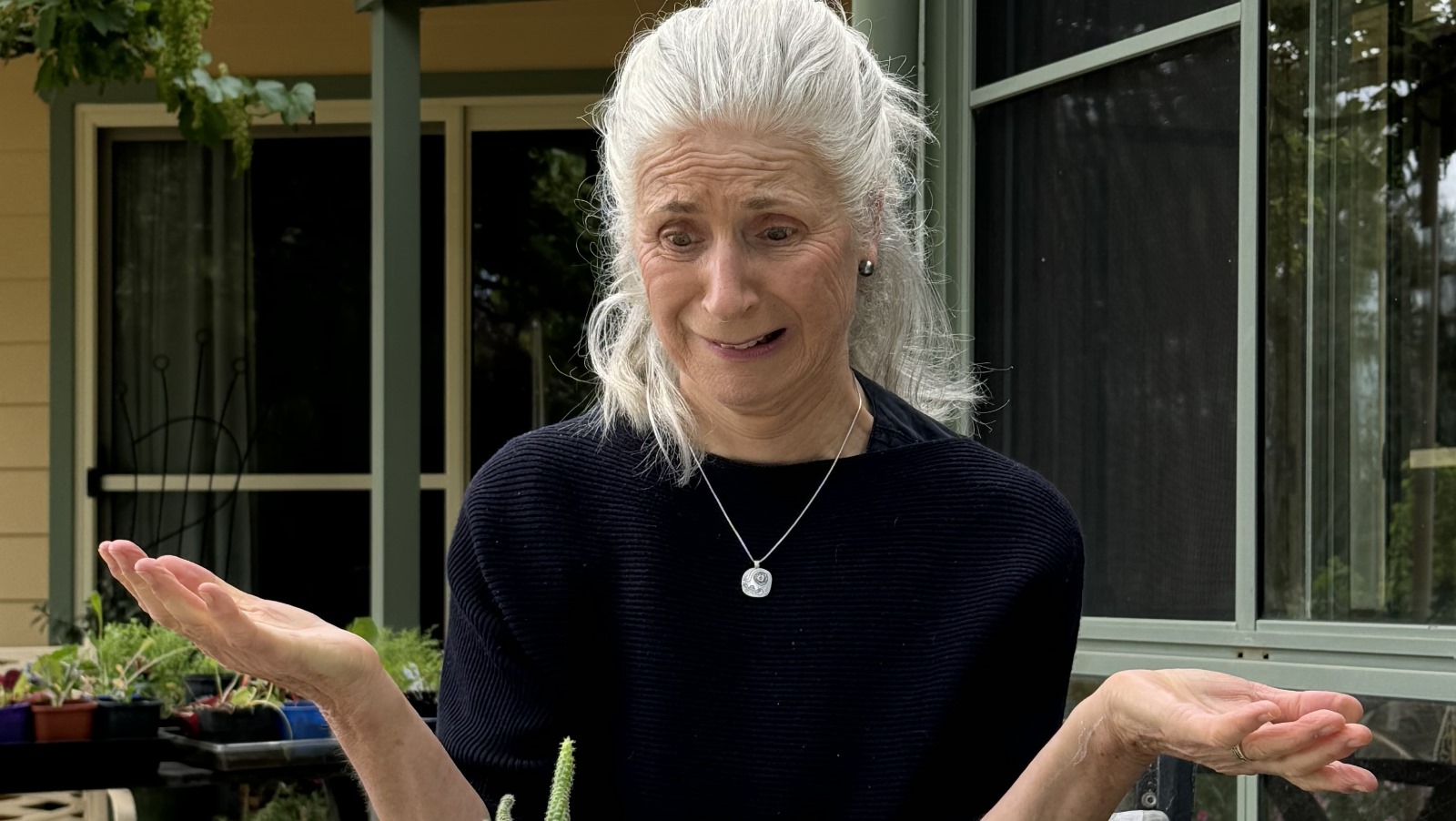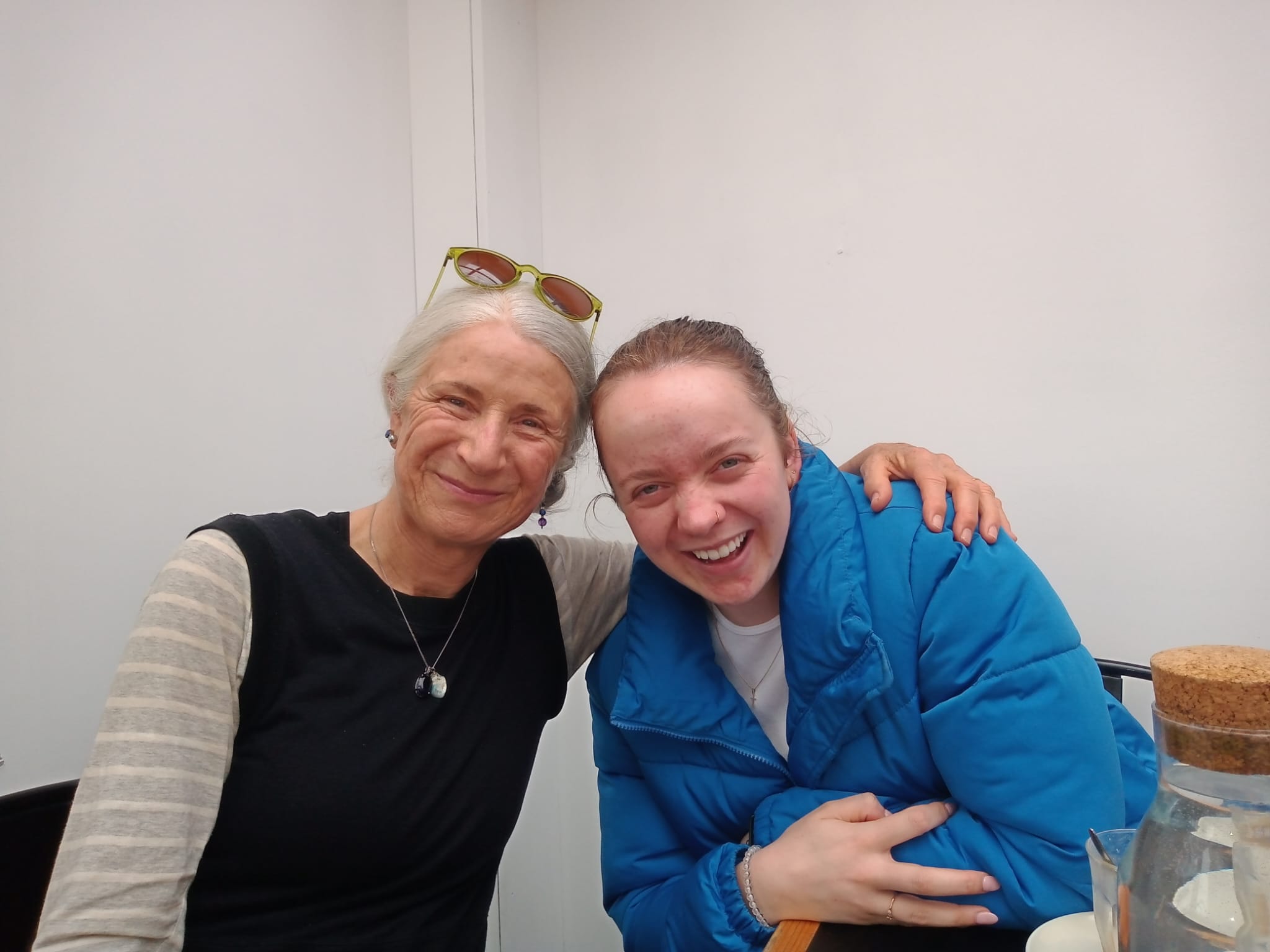Biophilia – from the Greek bios and philia- hence the love of living things
John Doe
Tweet
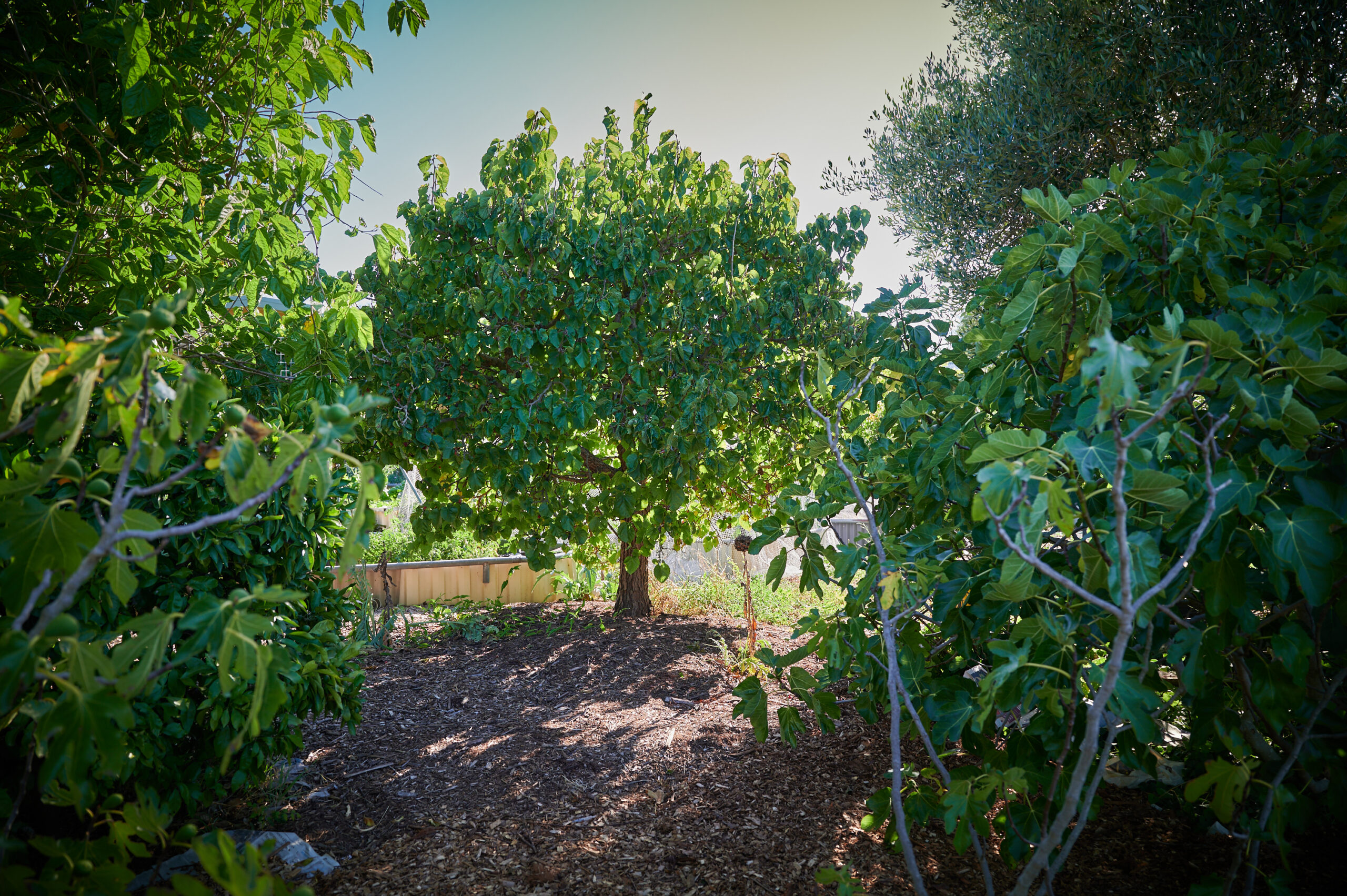
Definition
Biophilia is the interconnection between all living things: our love of, interdependence with, mutual attraction to, and inextricable link, with nature.
Nature, humanity, earth, and all living things above, on and under. Biophilia is basic to our very existence and you probably know a lot about it already without recognising the term.
The Age-Old Concept of Biophilia
Think Dream Time, Noah’s Ark and similar traditions which put humans, animals and the environment together in an enchantingly interdependent relationship. Which is exactly where we belong.
The actual word biophilia however was first used in the 1960s by Erich Fromm. The term is more commonly attributed to Harvard researcher Edward Wilson, who used it as the title of his book published in 1984.
Biophilia and the Western Mindset
Our current Western mindset has us behaving as if we are both separate from and superior to nature. We no longer recognise the biophilic relationship between humans, all life forms and the earth. To our detriment.
But ‘Times they are a-Changin’
This denial of our true relationship with nature is gradually changing. Biophilia is making a big comeback. It can be recognised in the craving for connection with nature. For meaningful connections with each other. And for the much-needed protection and regeneration of the land.
The growing popularity of indoor plants, homegrown food, natural movement, nature schools, nature-based getaways and natural motifs in tattoos, is testimony to our growing re-connection with biophilia.
Biophilia affects our whole being from the outside in, and the inside out. The stronger our collective and individual relationship with the natural world, the stronger and healthier life on Earth for all of us, and our planet.
Biophilia benefits you personally
Physically: connecting with nature calms your nervous system and reduces stress. It provides you with serotonin and vitamin D. In addition, plants, in particular, contribute to air purification, indoors and outdoors.
Mentally: connection with nature boosts your concentration. Biophilic influences are a way to incorporate tranquillity into your home and personal spaces. They bring equanimity and peace into a space.
Spiritually: connecting with nature gives you a deeper sense of self and connects you back to your primal heritage.
What benefits you individually, benefits us collectively:
- Our relationships are enriched as our contact and connection with nature deepens.
- Biophilia in our public spaces invite us to linger, engage in conversation, relax, and socialise. And brings a smile to our hearts and a lift to our steps.
- Plants and tree-cover in streets, and buildings, reducing temperatures inside and outside in summer.
What benefits us societally, has a direct benefit on our environment.
- There is a deeper appreciation and increased respect for nature by humans.
- Imperative to protect natural and native habitats is literally brought home to us.
- The direct link between environmental health and human disease is inescapably obvious
- This leads to individuals and groups taking action on a personal and collective level, to protect what we have come to love – nature.
So, What Is Your Relationship With Nature?
Perhaps you are already benefiting from the biophilia in your life? Through your pets or veggie patch? Love to go bush? To the Beach?
Even if you haven’t figured out what your relationship to nature is, your internal biophilic compass may have directed you to places, spaces and activities which have satisfied your need for biophilia. So, let’s step outside and see.
biophilia: Outdoors
Are you familiar with the Japanese practice of Shin-Rin Ryoku (which literally translates as forest bathing)? This is an example of an effective biophilic immersion therapy where all your senses are engaged by nature. This amplified sensory dose of biophilia brings you immediate tangible and intangible benefits. Your mood improves, you get better sleep, and you feel better.
Paradoxically, you can also get huge benefits from not being comfortable outside in nature. Cold exposure therapy is an increasingly popular example of the multiple benefits of putting some stress on your body. A life of convenience and comfort, a healthy body does not make.
Forest bathing and wild swimming sound exotic but you have probably experienced similar benefits with less exotic terminology.
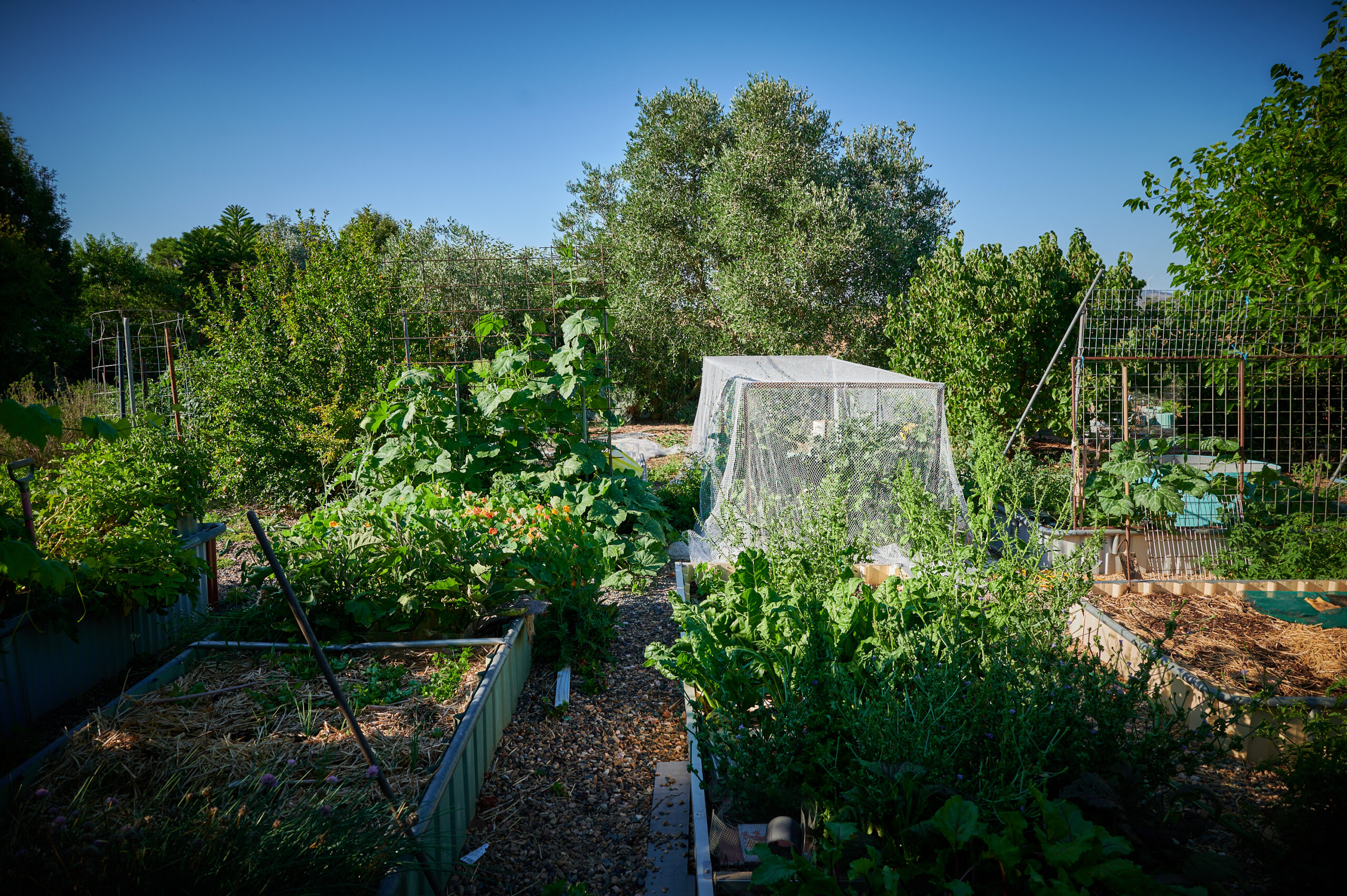
So Where Do You and Biophilia Regularly Meet?
Perhaps it is moving in nature: rock climbing, orienteering, mountain bike riding. Or does your biophilic compass draw you to the ocean for surfing, boating or fishing? Beach volleyball? A singalong by the campfire? Time spent in your garden?
The list is endless and the benefits are indisputable. Even in the city, you can indulge in the sighting of Venus rising. Experience moon bathing, walking in the rain and sungrazing.
Biophilia and outdoors is pretty much a no-brainer. All we really need to do is to go outside, and nature does the rest.
But what about indoors? Let’s pop back inside and see what we find.
biophilia: Indoors
Sadly, despite Edward O. Wilson’s introduction of biophilia as a concept in architecture and design, more often than not it does not feature in most modern buildings.
The incorporation of biophilia indoors however makes us feel better and brighter. We function more effectively. And the aesthetics of the building itself is vastly improved.
Bringing Nature Inside
So, let’s have some fun! Up the biophilia in our indoor spaces. Go wild with your imagination.
You could become potty about indoor plants or grow herbs on your windowsill (giving you delicious year-round goodness at your fingertips).
Or collect natural objects such as dried leaves, shells, rocks or grasses. And then find a funky way to display them.
Celebrating biophilia inside can be as simple as enjoying the benefits of natural light streaming into a room. Or a glimpse of the horizon from your office window (hint: take a regular break looking at a long horizon to relax screen-weary eyes).
And then there are the views. I have a loo with a much-treasured view of a private pocket of our garden. Trust me on this one.
Up Close and Personal With Nature
And then there is the intimate connection with biophilia, which happens when we use natural fibers and natural ingredients in our clothes and personal care. Natural fibers are eco-friendly. They look terrific, feel lovely on our skin and allow it to breathe. The textiles themselves have movement, and sometimes sound (that’s four of our senses engaged).
With a bit of background sleuthing, we can step away from the toxic endocrine and hormone-disrupting chemical-laden products. They adversely affect our bodies and our world. And we can replace them with nature’s ingredients.
Nature provides for us. And when we connect with nature’s provisions we feel and look better for it, as does our world.
Biophilia And Food – Without Controversy (Cue Incredulity)
Biophilic eating affects how you look, feel, think and age. I boldly suggest the fundamentals are: eat fresh, eat seasonally, and eat local. Drink clean water, plenty of it, and your kidneys, skin and brain will thank you.
And what is good for us is good for the environment. Chemicals, herbicides, fungicides, preservatives, artificial colours and flavours …. you get the idea. Not good for you or the earth we inhabit.
Biophilia In Art in One Paragraph (Cue Laughter)
Tranquil scenes and motifs from nature can bring a sense of serenity into our busy modern lives. There are so many examples of biophilia in art and biophilia used to create art. What are your favourites?
The Tree of Life tapestry hangs in my entrance hall. Nature-based motives recur throughout my house (via William Morris fabrics) along with my cat and dog.
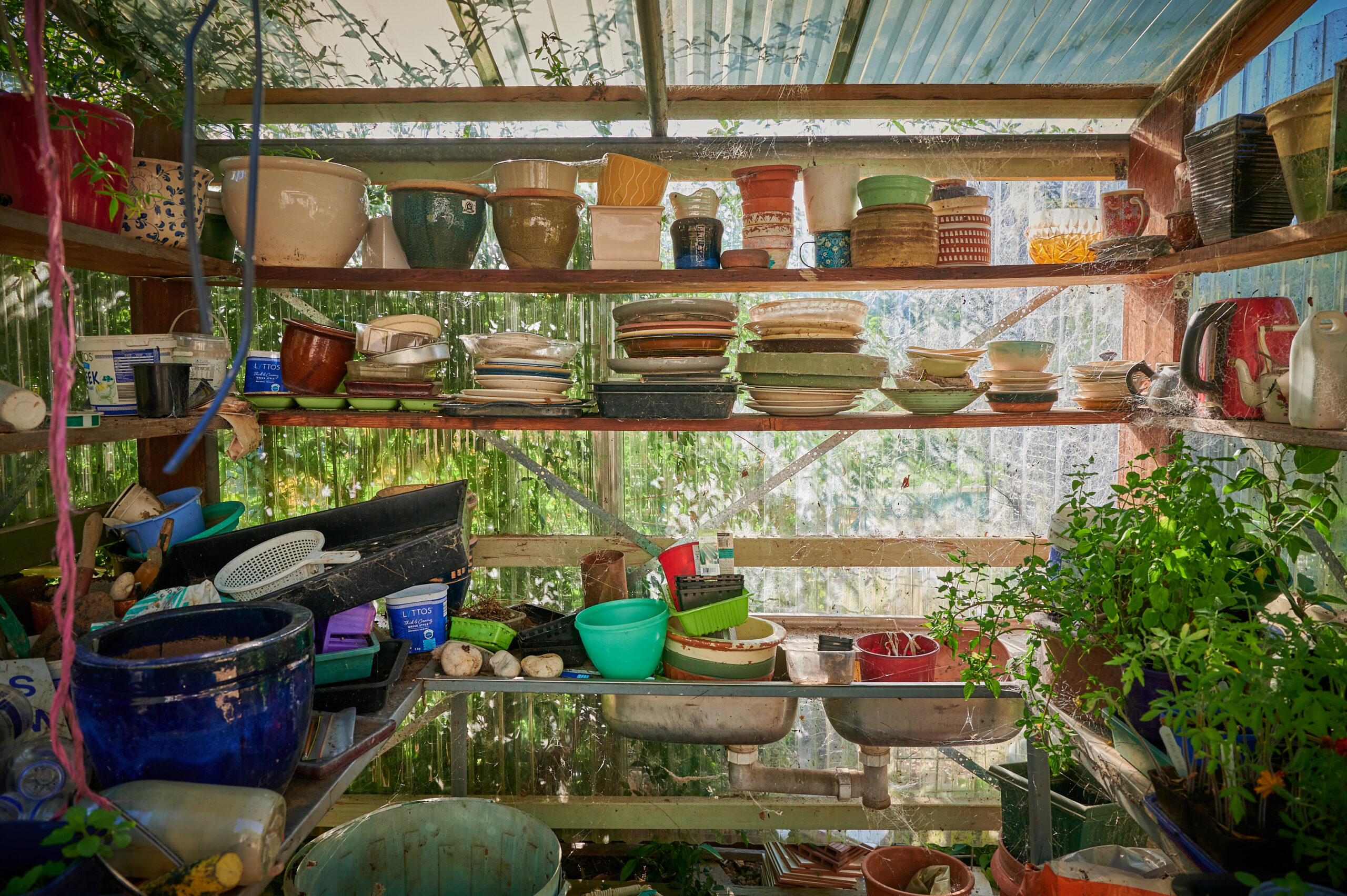
Biophilia in Building
And the ideal is to have “man-made” spaces which are biophilic in their inception, design and construction. Are you able to incorporate and benefit from biophilic influences in the architecture and design of your living spaces? If so, go for it.
Summing Up
The list above is a small sample of the myriad of ways we love and connect with nature. All make us feel better, and bring benefits to our lives, into our homes, our offices and our neighbourhoods.
The relationship we have with nature and the creative ways we express it is ever unfolding. They are always beautiful and ineffably enrich our existence. Biophilia touches the core of what it means to be human. The more we embrace biophilic influences, the more we connect with our humanity and the rest of the natural world.
Biophilic Call to Action!
Let’s go biophilia. Here’s the challenge.
Find a way to bring a new or extra natural element to the biophilic influences in your life this week.
Hint: Something simple – a walk at sunrise/sunset/lunchtime. Relishing the crunch as you step through an autumn drift. Or picking up a pebble. View it as an experiment – an adventure in biophilia.
And reflect on how it makes you feel.
Want to Learn More About Biophilia? Here Are Some Great Podcasts
Move Your DNA – ‘Good Reasons For An 11-Minute Walk’
Low Tox Life – ‘Dr Wendie Trubow On Environmental Toxins, Detoxification And Testing’
The Huberman Lab – ‘How to Optimize Your Water Quality & Intake for Health | Huberman Lab Podcast’
And Books…
‘The Biophilia Effect’ by Clemens G. Avery. In his chapter on gardens, he writes, “My winter garden provided me with some mechanisms that keep us healthy: fascination, stress reduction by gardening, restored attention and concentration as well as serotonin and vitamin D”.
‘52 Ways to Walk’ by Annabel Streets, “Walking can facilitate connection within ourselves, with nature and with others. Streets delves into 52 different walking scenarios which are all strongly biophilic. Bound to kindle a love of walking in anyone.”
